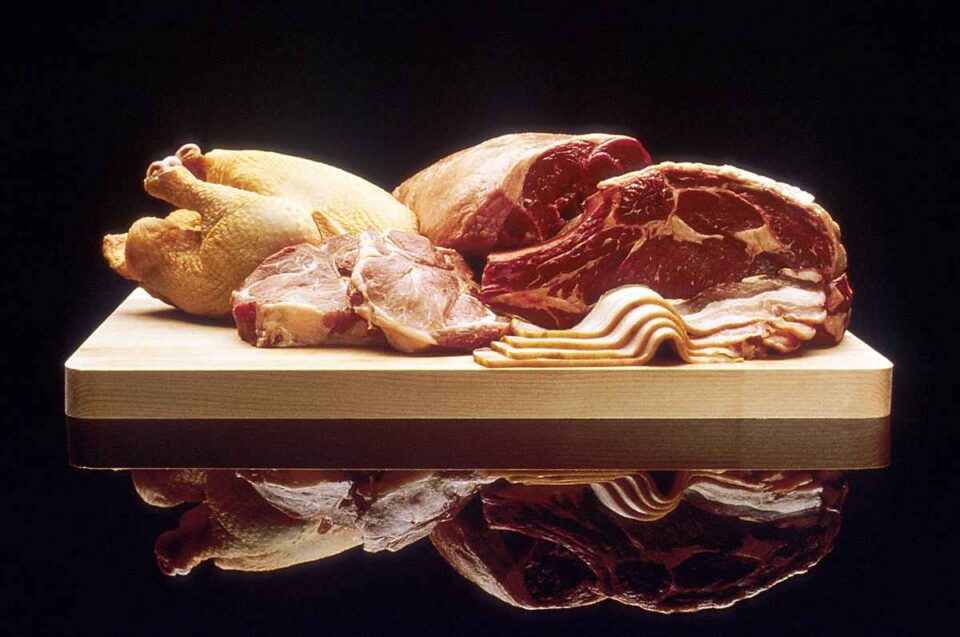By Our Reporter
In many households around the world, pork and chicken are staple proteins—affordable, versatile, and delicious. However, while these meats are a common part of everyday diets, they also come with potential health risks that are often overlooked. From bacterial infections to chronic disease links, it’s important to understand the dangers associated with eating pork and chicken, especially when improperly handled, processed, or consumed in excess.
🐖 The Risks Of Eating Pork
Pork is enjoyed in many forms—ribs, sausages, bacon, and ham—but it carries specific health concerns that should not be ignored.
1. Parasitic Infections
Pork can carry parasites like Trichinella spiralis, which can cause trichinosis—a serious infection resulting in muscle pain, fever, and swelling. Though less common in developed countries today due to improved farming practices, the risk remains in undercooked or underregulated pork. Another major concern is Taenia solium, the pork tapeworm, which can cause severe neurological complications if it spreads to the brain (neurocysticercosis).
2. Bacterial Contamination
Raw or undercooked pork may harbor bacteria such as Salmonella, Listeria, and E. coli, which can lead to severe gastrointestinal illness, especially in vulnerable groups like children, the elderly, or those with weakened immune systems.
3. Processed Pork Hazards
Products like bacon, hot dogs, and ham are often cured with nitrates and nitrites, which have been linked to increased cancer risk. In 2015, the World Health Organization classified processed meats as Group 1 carcinogens, citing a strong link to colorectal cancer. These products are also high in sodium and saturated fats, increasing the risk of heart disease and high blood pressure.
🐔 The Risks of Eating Chicken
Chicken is widely viewed as a healthier meat option—but it too carries several hidden dangers.
1. Foodborne Illness
Chicken is one of the leading causes of Salmonella and Campylobacter infections globally. Poor handling and undercooking are common sources of contamination. These bacteria can cause diarrhea, vomiting, and fever, and in severe cases, life-threatening complications.
2. Antibiotic Resistance
In many commercial poultry farms, chickens are given antibiotics to promote growth and prevent disease in crowded living conditions. This practice has led to the emergence of antibiotic-resistant bacteria, posing a serious public health risk. Infections that were once easily treatable are now harder to cure.
3. Hormone & Chemical Exposure
Although banned in many regions, concerns persist around the use of growth hormones and chemical additives in chicken feed. These substances can disrupt hormone levels and contribute to long-term health problems when consumed over time.
4. Heavily Processed Chicken Products
Items like chicken nuggets, deli meats, and frozen chicken strips are often highly processed. They can contain trans fats, preservatives, and excessive sodium, which contribute to heart disease, obesity, and type 2 diabetes.
✅ How to Stay Safe
The goal isn’t to eliminate pork or chicken entirely, but to make smarter, safer choices:
-
Cook Thoroughly: Always cook pork to at least 145°F (63°C) and chicken to 165°F (74°C).
-
Avoid Raw or Undercooked Meat: Especially in restaurants or informal settings.
-
Buy from Trusted Sources: Opt for meat from well-regulated farms or organic suppliers.
-
Minimize Processed Meats: Limit your intake of sausages, bacon, and other cured meats.
-
Practice Kitchen Hygiene: Prevent cross-contamination by washing hands, cutting boards, and utensils after handling raw meat.
-
Reduce Frequency: Incorporate plant-based meals to reduce meat consumption and diversify your nutrient intake.
Final Thoughts
While pork and chicken can be part of a balanced diet, awareness of the risks is essential. The key lies in quality, preparation, and moderation. With safe handling practices and thoughtful choices, you can continue to enjoy your favorite meals—without putting your health on the line.
